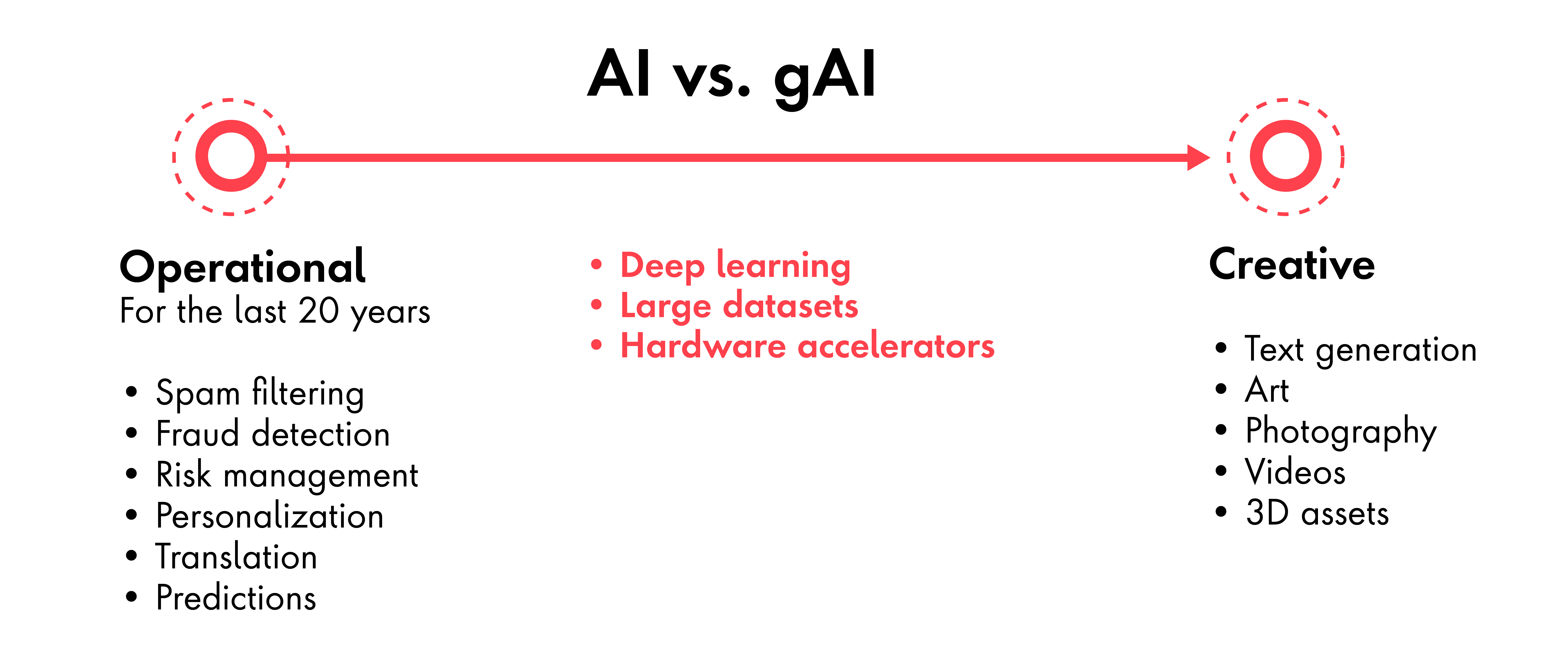Generative AI
Where To Play in Generative AI: Cutting Through the Hype
The financial services industry has witnessed a remarkable shift toward the adoption of artificial intelligence technologies to combat fraud, enhance security, mitigate risk and optimize customer experience. These tools have allowed financial institutions to improve their “cost to serve” in an operational capacity, streamlining business practices and allowing executives to focus on more strategic initiatives. Further, generative AI gives organizations the opportunity to better understand their customers—and turn those learnings into tailored, personalized experiences.
As organizations increasingly recognize the potential of AI and seek to keep pace with the market, can financial organizations navigate through all the hype surrounding this emerging technology and capitalize on the right opportunities?


















 Close
Close